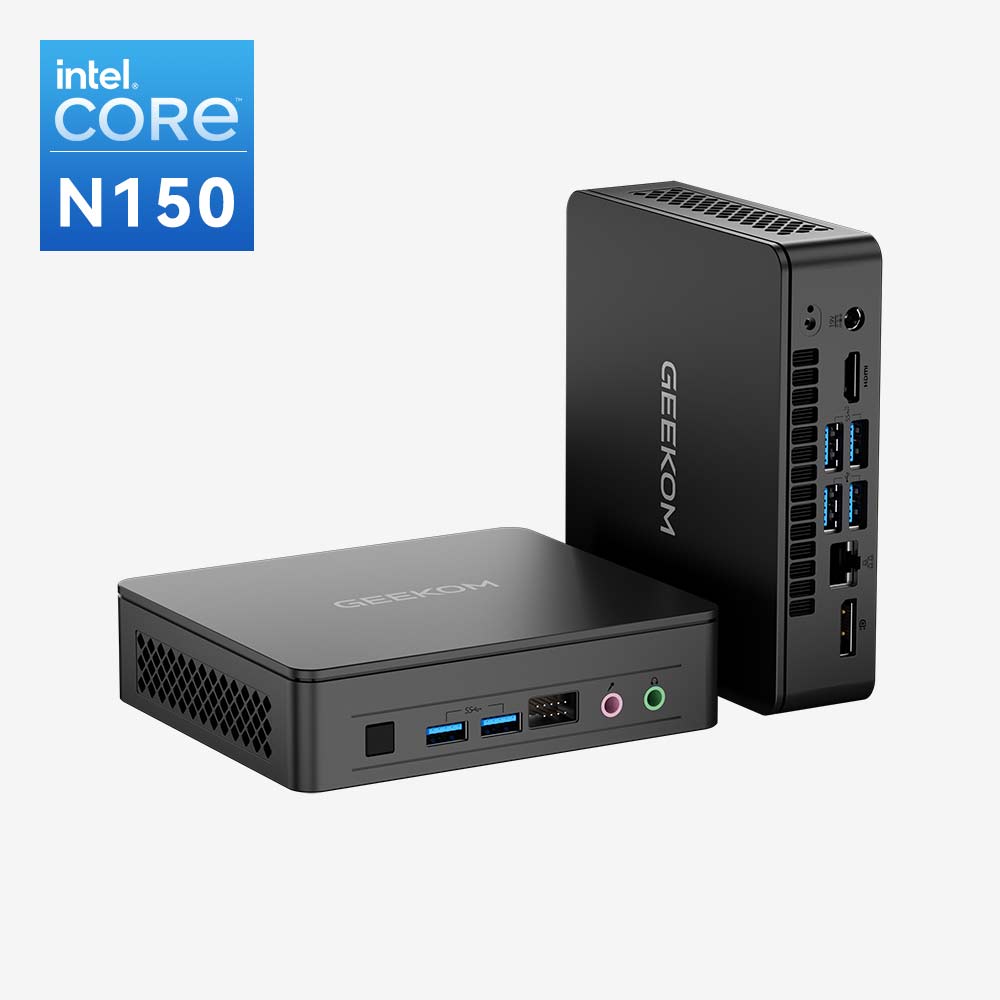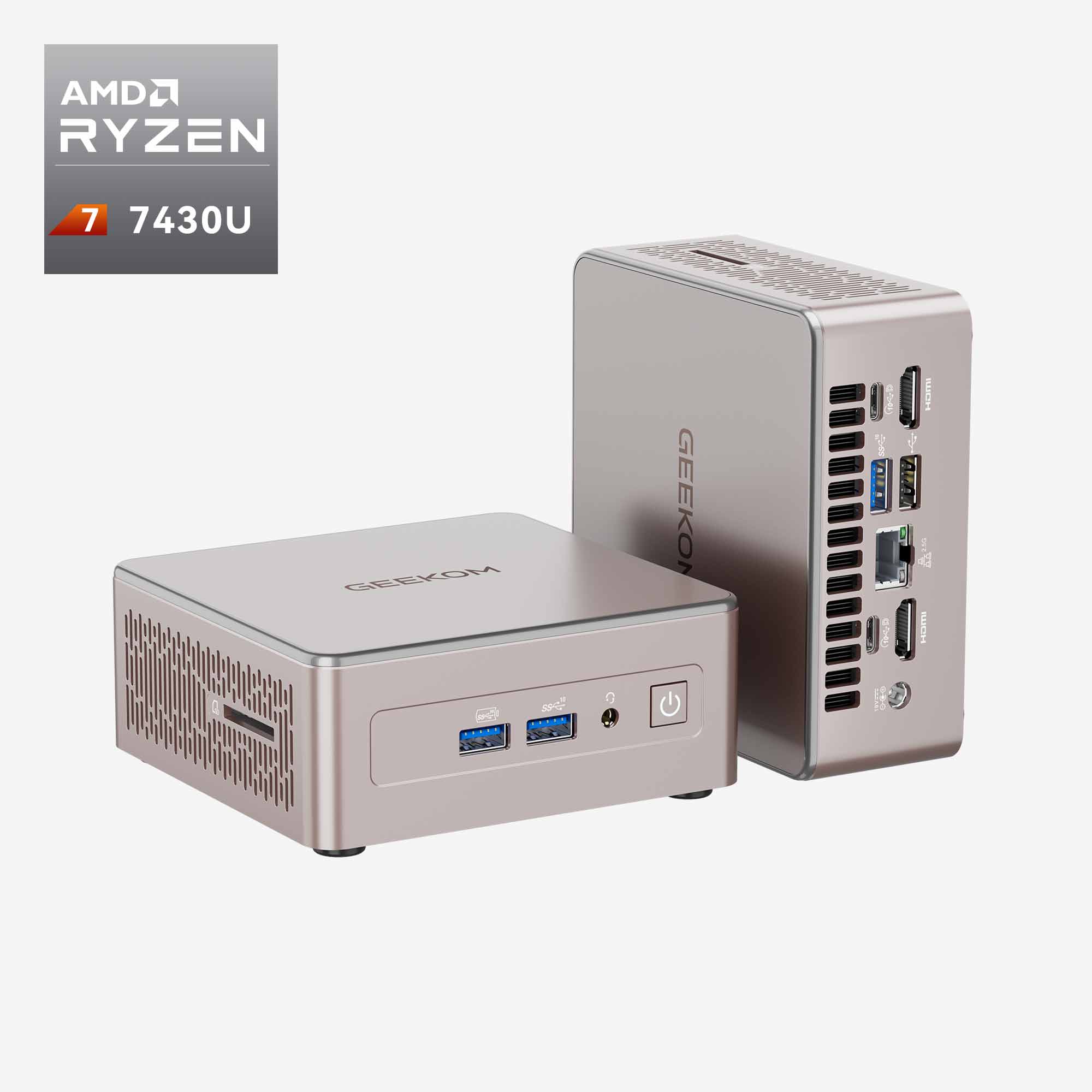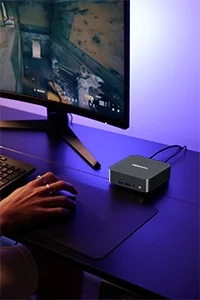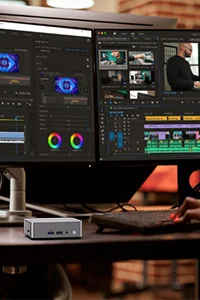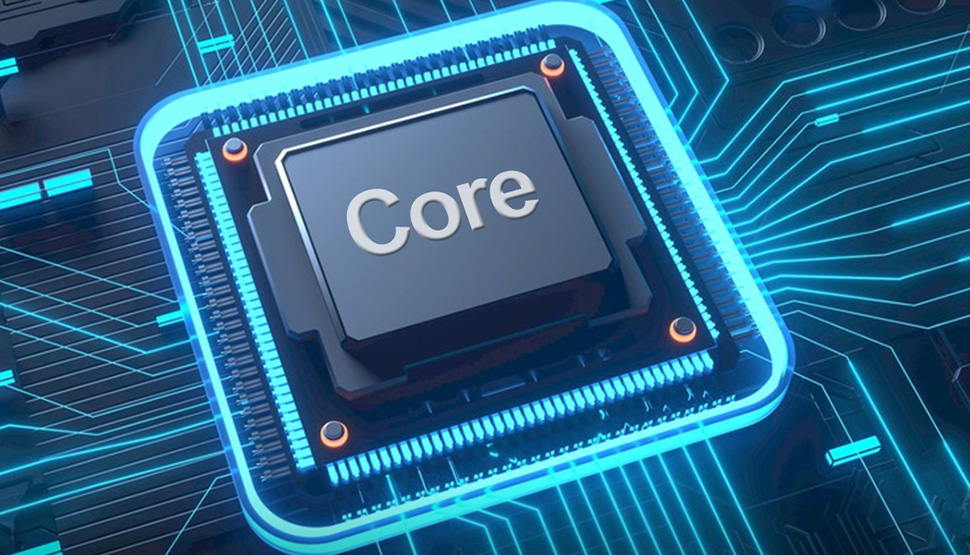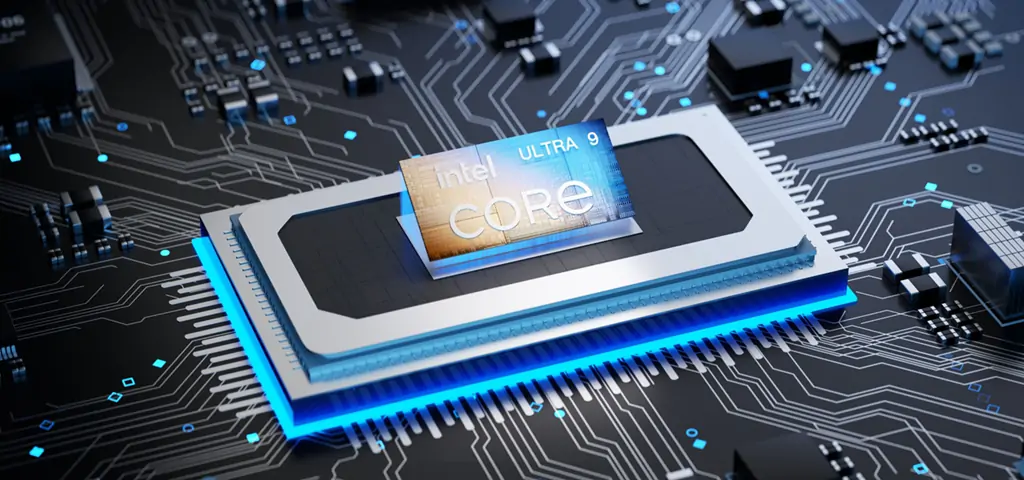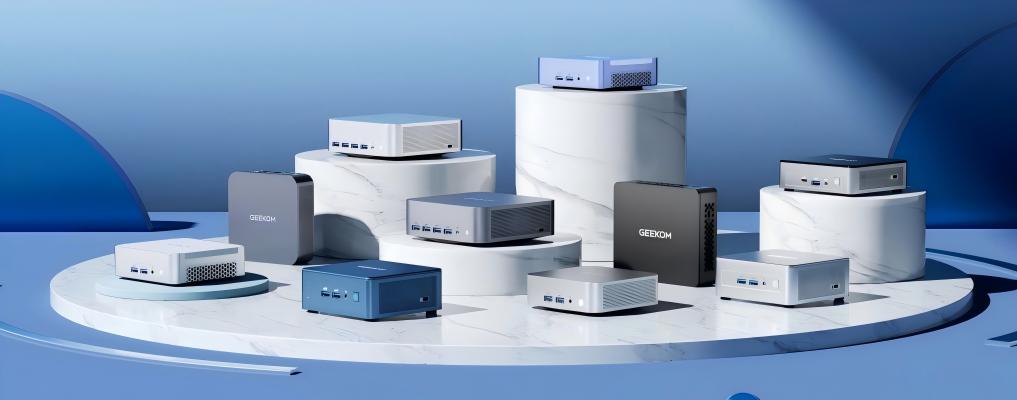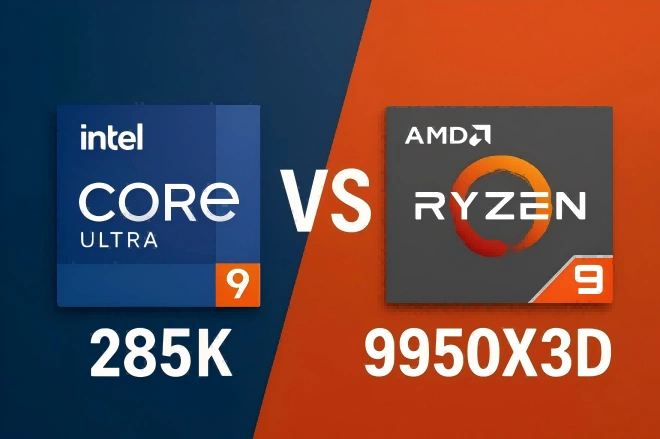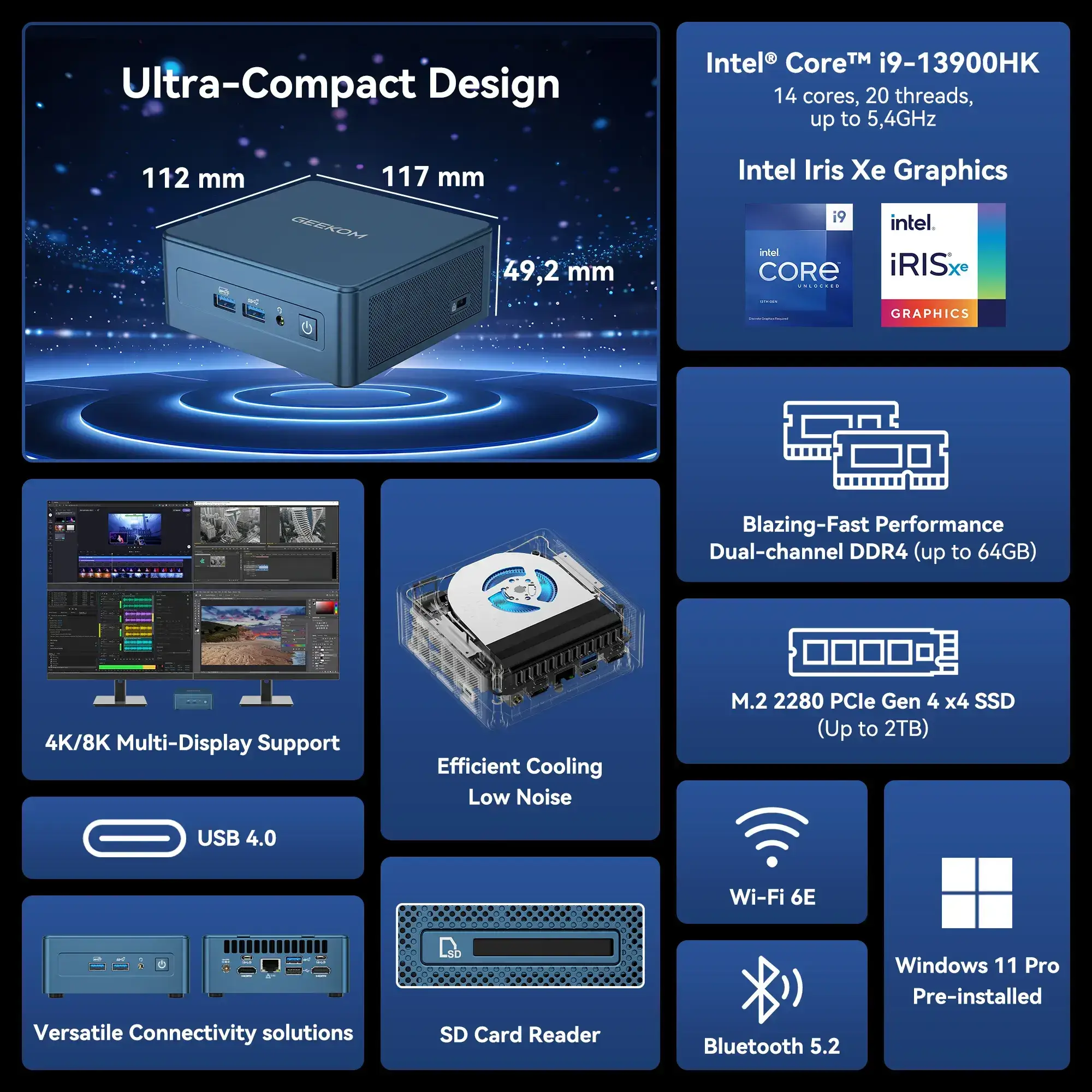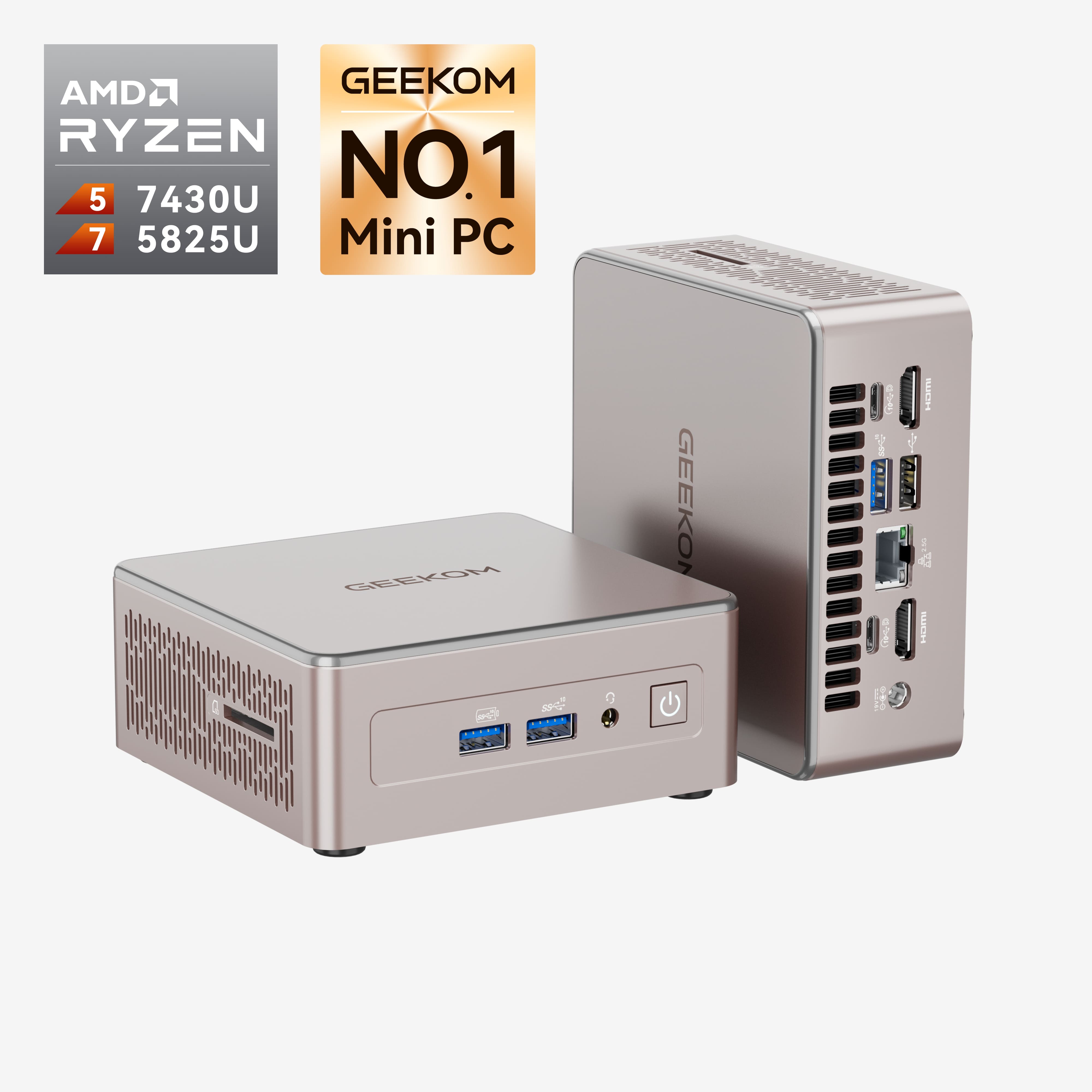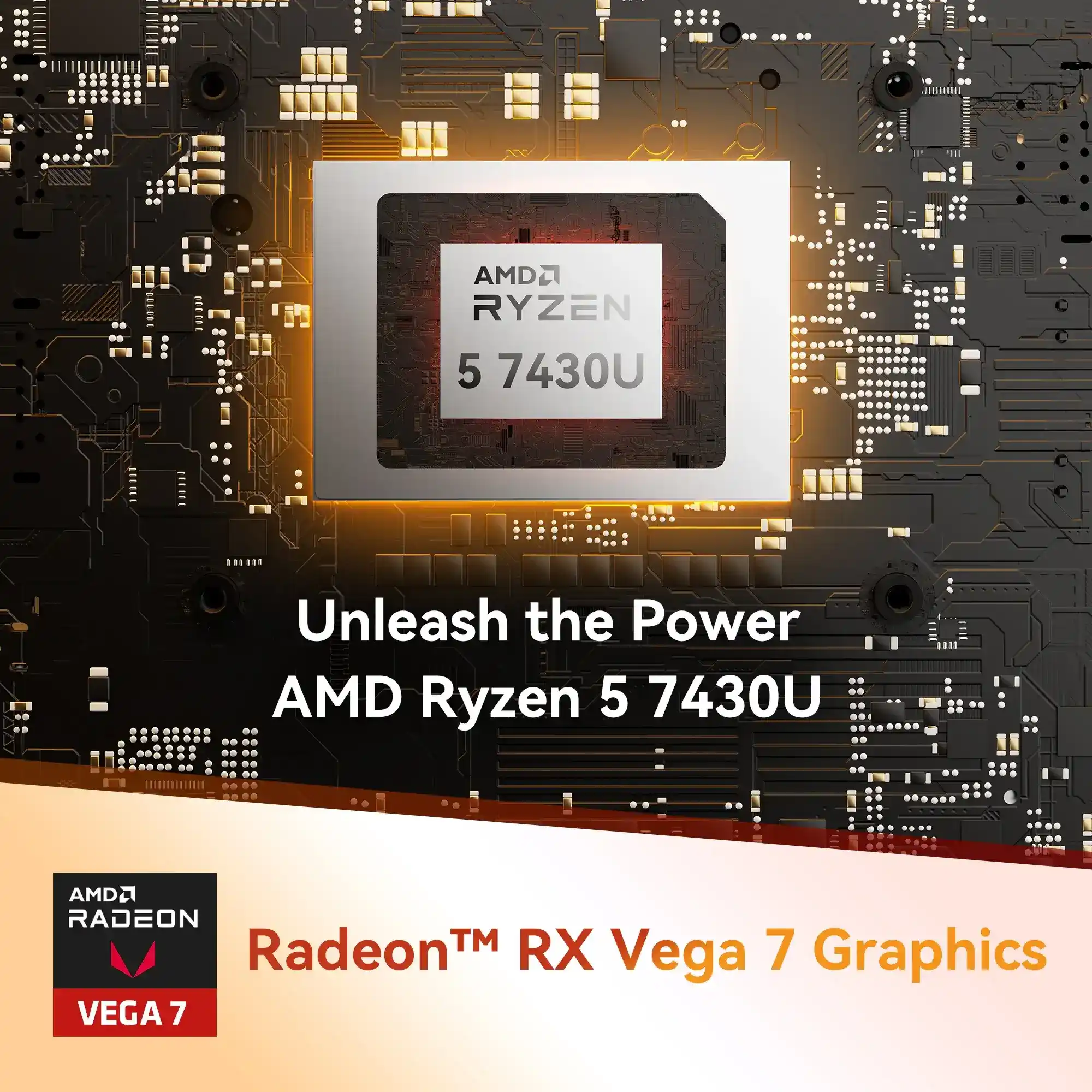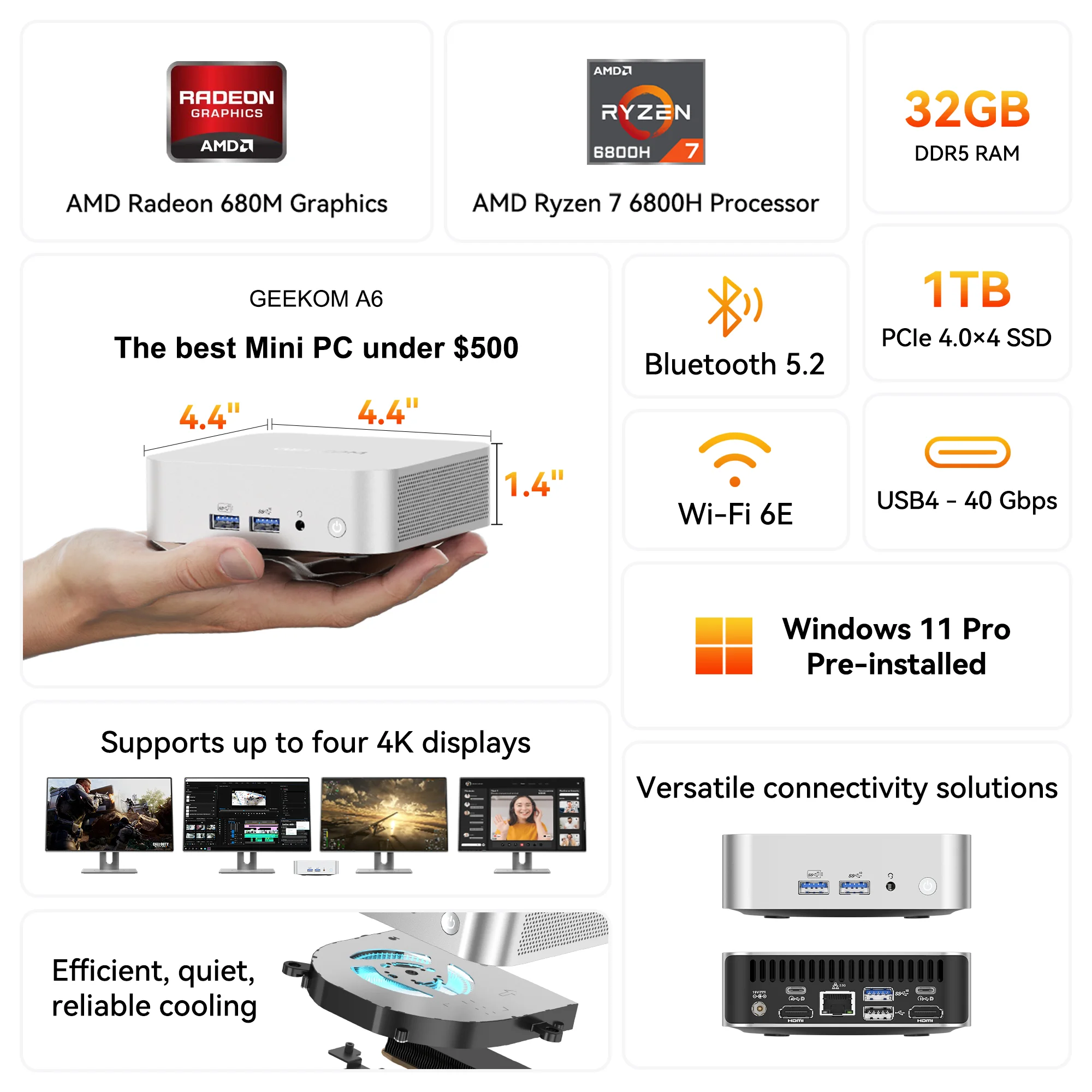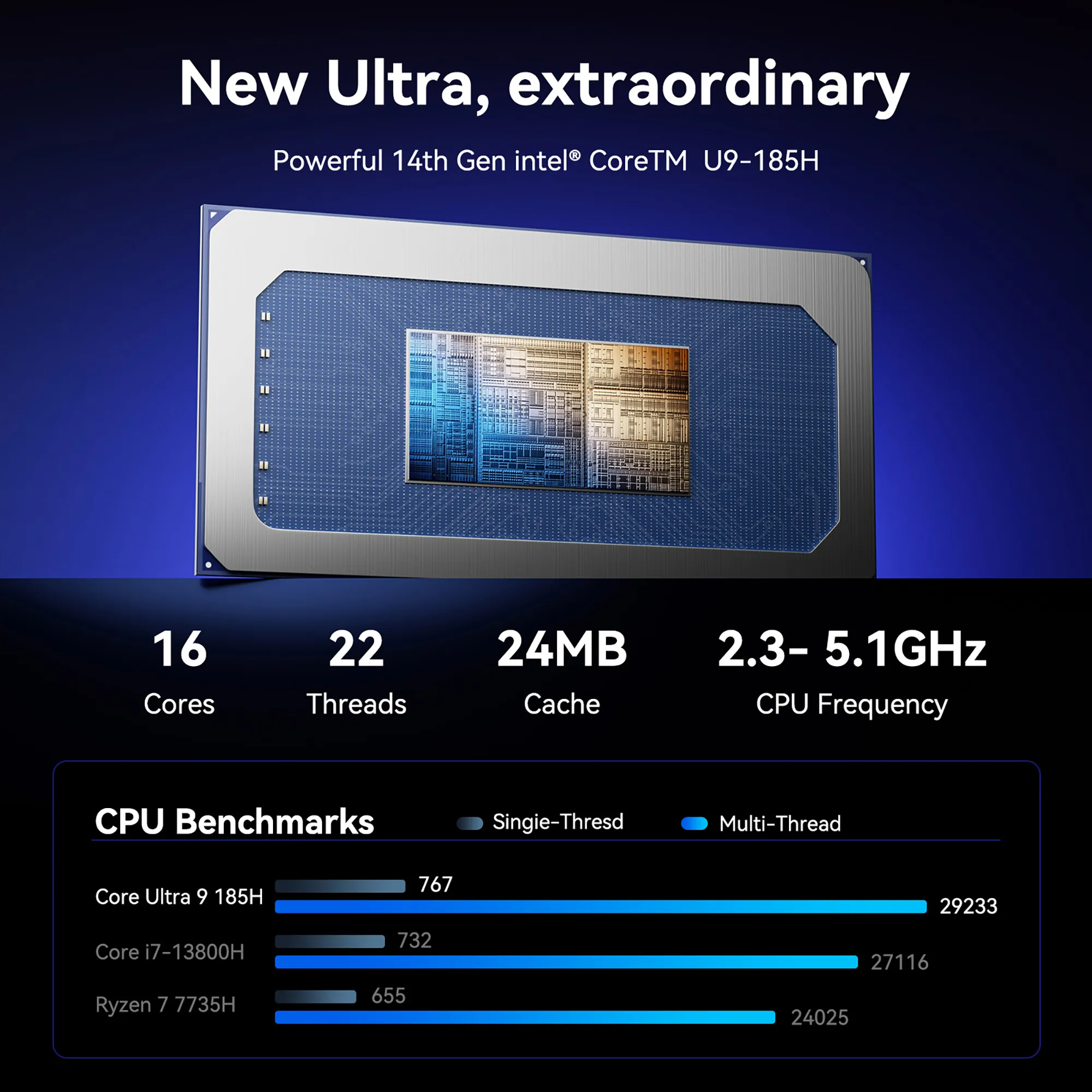The CPU (Central Processing Unit) is the brain of your computer. It processes information, manages data, and executes commands to control the operation and functioning of your computer system. The CPU core is one of the most vital components in your computer.
The CPU is controlled by your operating system (OS). The core is a collection of one or more identical processor cores installed together in a single integrated circuit (IC) chip. These cores generally contain all the logic required to execute one instruction multiple times per clock cycle (i.e., one clock cycle = 1/60 seconds).
The Importance of CPU Cores
CPU cores are important because they are the main hardware unit of the computer. They are the one that performs all of your main functions and may be the only unit present in a CPU if multiple cores are not required. If your computer has more than one CPU core, each core will have its memory attached to it (RAM).
Each RAM chip has its own separate address space, meaning that some or all of the memory on a particular core may not be accessible by any other cores. Without being able to reference each bit of RAM independently, it would take too long for data transfers to occur over a bus between processors.
When your computer loads an application, its code is loaded into RAM (Random Access Memory). The CPU executes that code. It reads the code from the RAM and converts it into a machine-readable format. Once the CPU has converted the file into data, it will use its local cache to store frequently accessed data.
At this point, your processor is working on one part of an application while its other cores are processing other parts of different applications or multiple applications at the same time. Some programs can be broken down into small sets of instructions that can be executed at the same time to avoid long waits and lag times during response times when performing these tasks.
How Many CPU Cores Do I Need?
1-CORE
This is the bare minimum required for standard computing and will generally suffice for most applications. It is comparable to a single CPU but does not have the same power. The 1 CPU core is what you would see in an Atom or Celeron chip of the Intel processor family that has HyperThreading technology. AMD also has a similar technology called Simultaneous Multithreading (SMT).
Do Celeron and i3 seem similar? Actually they are quite different: Intel Celeron vs Intel Core i3: A Detailed Comparison.
2-CORE
This is the typical maximum number of Cores per processor found in modern desktop computers, laptops, and servers. Dual-core CPUs are generally the limit of any single-core desktop or notebook computer, although many people find that 3 cores work well for them. In most cases, users find that 4-6 cores work well for them.
4-CORE
The 4-core processor is a specialized CPU that allows multiple threads to be juggled at once. If a computer had 4 separate cores, it would be able to run four different applications simultaneously without slowing the computer down.
The quad-core processor is mostly found in high-end computers, sometimes in desktops and sometimes in laptops, of course, the same is true for mini PCs. Many of these computers have AMD’s Ryzen processors or Core series of Intel processors. Like dual- or quad-core processors, some 4-core processors allow for HyperThreading technology. (HT).
6-CORE
This is the number of cores that you’ll find in the most expensive computer parts. The 6-core CPU can run up to 8 threads at one time. It takes more power to run more cores. Most of these computers will have 2 or 3 6-core processors, and some have 4 or 8. If you want to run a 6-core processor, your computer will need a lot of power to back it up because of its high energy consumption rate.
8 OR MORE CORES
The 8-core CPU can run up to 16 threads at once. The more threads it can run, the more things it can do at once. It takes a lot of power to run all those cores. Most of these computers will have 2 or 3 8-core processors, and some have 4 or 8. If your computer has more than one 8-core processor, you’ll need a lot of power to keep everything running smoothly because of its high energy consumption rate.
You need to know that having more cores does not necessarily mean faster performance. You will only get faster performance from an additional core if the software you are using can detect multiple cores and use that to increase its processing speed. Modern software is optimized for multi-core systems, so it tends to run faster on a multi-core system as opposed to a single-core system.
CPUs with more than 8 cores usually contain every core except one. This means that the remaining core will power both the CPU and the GPU of your computer. It makes sense that it is used for both because most of the memory is present on the main processor and so this takes care of some of its memory needs, freeing up the remaining physical cores to handle other tasks simultaneously.
Do More Cores Mean Better Performance?
The answer to this question is that it depends on what you are trying to do with your computer. The more cores you have installed, the more jobs your CPU will be able to perform at the same time and therefore the faster your computer will function overall. However, for a given task, each additional core will not produce a simple linear increase in speed.
Each core has its cache in your computer. Your operating system and applications will likely use all of the cores’ caches unless they are anticipating a demand for a job or part of an application that is not easily handled by one or two cores. Since the performance of each core depends on how much work is assigned to it, a single-core system may perform better than a multi-core system for some jobs.
In conclusion, the cores and cores will have a direct effect on the performance of your computer, but not in any simple linear way. The newer CPUs that are available today have many cores. They are more than one core per processor. When you look at a computer and see that it has multiple processors, you can also see that it contains more than one core.
How Does A PC Typically Behave with Different Core Counts?
When it comes to how your PC performs, the number of cores in your CPU is really important for handling different tasks. A CPU with 1 to 4 cores works well for basic things like browsing the web, light multitasking, or office work, but it struggles with modern games or heavy software.
For more demanding tasks, an 8-core CPU is a good choice. It’s great for gaming, content creation, and moderate multitasking, offering a nice balance between speed and efficiency.
For power users who need more, a 14-core CPU (often with a mix of high-performance and efficient cores) can easily manage a variety of tasks at the same time. This makes it perfect for gaming, streaming, and more intensive work like video editing and 3D modelling. You can run multiple demanding apps without slowing down.
At the top level, 16-core processors are built for heavy multitasking and professional workloads. Whether you’re coding, running simulations, or working with high-resolution video, their processing power delivers top-notch performance. They’re great for professionals and users who want a future-proof system.
In the end, the right number of cores depends on what you need. More cores are better for demanding apps, multitasking, and gaming, ensuring your PC runs smoothly.
GEEKOM offers a wide selection of minicomputers with integrated graphics at several price points and configurations. Whatever your budget and use for your mini PC, we have a model to fit your needs.






